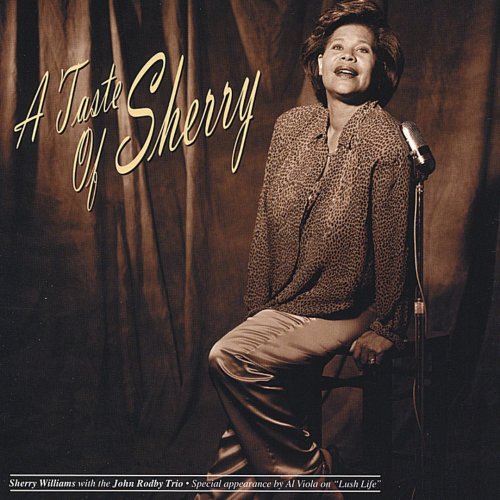Nils Henrik Asheim - Mazurka (Remaking Chopin) (2010)
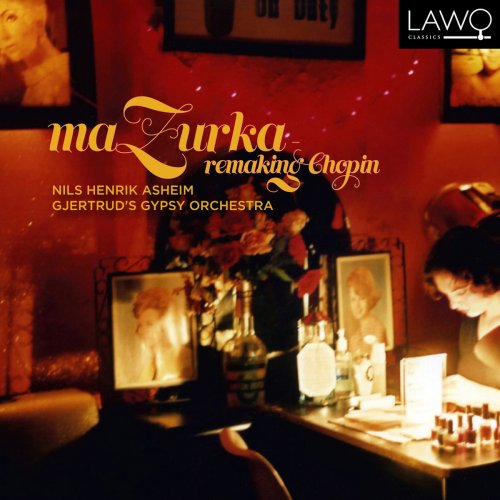
Artist: Nils Henrik Asheim
Title: Mazurka (Remaking Chopin)
Year Of Release: 2010
Label: Lawo Classics
Genre: Classical
Quality: FLAC (tracks+booklet)
Total Time: 48:30 min
Total Size: 228 MB
WebSite: Album Preview
Title: Mazurka (Remaking Chopin)
Year Of Release: 2010
Label: Lawo Classics
Genre: Classical
Quality: FLAC (tracks+booklet)
Total Time: 48:30 min
Total Size: 228 MB
WebSite: Album Preview
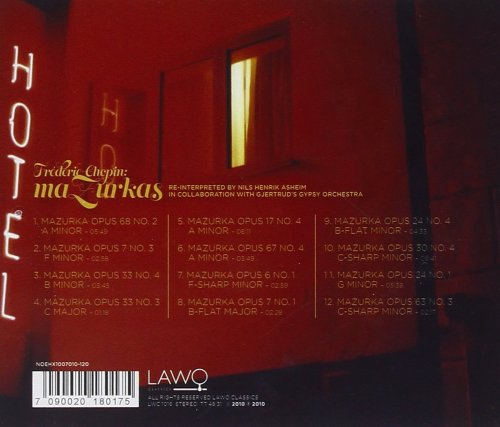
Tracklist:
01. Mazurka, Op. 68 No.2 A Minor
02. Mazurka, Op. 7 No. 3 F Minor
03. Mazurka, Op. 33 No. 4 B Minor
04. Mazurka, Op. 33 No. 3 C Major
05. Mazurka, Op. 17 No. 4 A Minor
06. Mazurka, Op. 67 No. 4 A-Minor
07. Mazurka, Op. 6 No. 1 F-Sharp Minor
08. Mazurka, Op. 7 No. 1 B-Flat Major
09. Mazurka, Op. 24 No. 4 B-Flat Minor
10. Mazurka, Op. 30 No. 4 C-Sharp Minor
11. Mazurka, Op. 24 No. 1 G Minor
12. Mazurka, Op. 24 No. 3 C-Sharp Minor
Choosing Frédéric Chopin's mazurkas as his subject, composer Nils Henrik Asheim presents a cycle of reinterpretations in collaboration with Gjertrud's Gypsy Orchestra. He writes: "For whatever the reason, perhaps I was in a melancholy period, Chopin's mazurkas turned up on my piano, day after day over the course of one year. Little by little, as the music was played over and over again, it began to live its own life. Small details grew larger, tore themselves loose, and formed their own music."
The final result is a completely new reading of the classical score, resurging through a wider palette of colours. The ensemble takes its liberties from a love for the original material and toys with a variety of musical styles, from Gypsy and Balkan-like arrangements to classical references and sonic experiments. Chopin's melody, at times obscured , at times obvious, is always present as the connecting thread. Thus regarded, the CD perhaps helps us reflect on how free we can be with respect to the classical repertoire: shall we restrict ourselves to reproducing authentically what the composer intended, or may we let the work inspire us to continue the writing, to add to it according to our own understanding?
The final result is a completely new reading of the classical score, resurging through a wider palette of colours. The ensemble takes its liberties from a love for the original material and toys with a variety of musical styles, from Gypsy and Balkan-like arrangements to classical references and sonic experiments. Chopin's melody, at times obscured , at times obvious, is always present as the connecting thread. Thus regarded, the CD perhaps helps us reflect on how free we can be with respect to the classical repertoire: shall we restrict ourselves to reproducing authentically what the composer intended, or may we let the work inspire us to continue the writing, to add to it according to our own understanding?
![Keith Oxman - Home (2025) [Hi-Res] Keith Oxman - Home (2025) [Hi-Res]](https://www.dibpic.com/uploads/posts/2025-12/1765387688_hltlbo3s1g1aa_600.jpg)
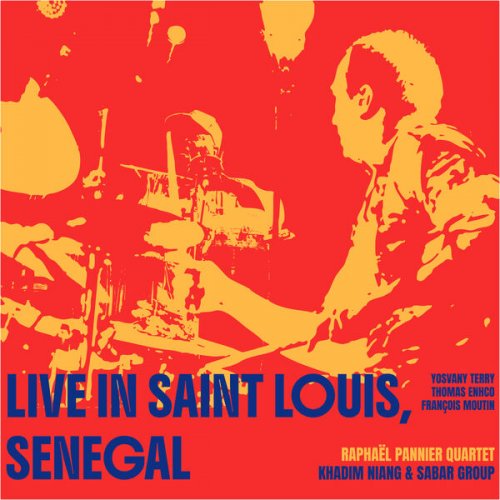
![Marju Kuut - Marju Kuut: Üksi, kuid vabana (2025) [Hi-Res] Marju Kuut - Marju Kuut: Üksi, kuid vabana (2025) [Hi-Res]](https://www.dibpic.com/uploads/posts/2025-12/1765641100_cover.jpg)
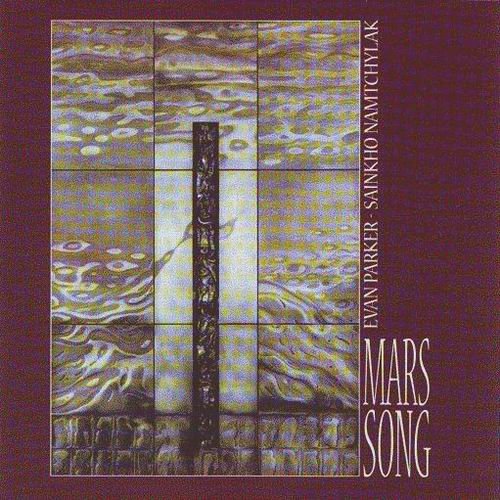
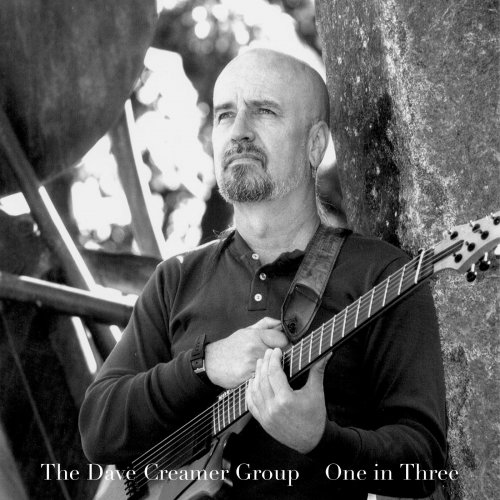
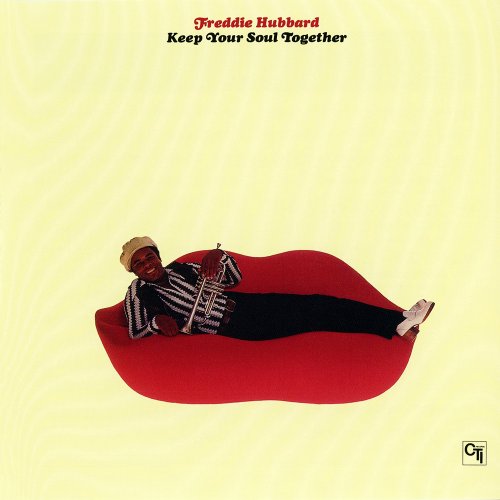
![Coco Chatru Quartet - Lost Christmas (2025) [Hi-Res] Coco Chatru Quartet - Lost Christmas (2025) [Hi-Res]](https://www.dibpic.com/uploads/posts/2025-12/1765719561_coco-chatru-quartet-lost-christmas-2025.jpg)
![Tomasz Stańko, Tomasz Szukalski, Dave Holland & Edward Vesala - Balladyna (1976/2025) [Hi-Res] Tomasz Stańko, Tomasz Szukalski, Dave Holland & Edward Vesala - Balladyna (1976/2025) [Hi-Res]](https://www.dibpic.com/uploads/posts/2025-12/1765717548_cover.jpg)
